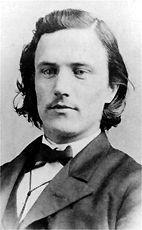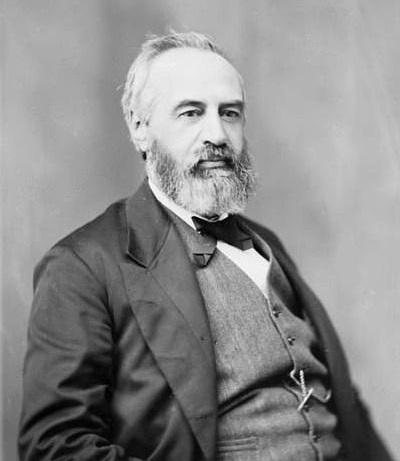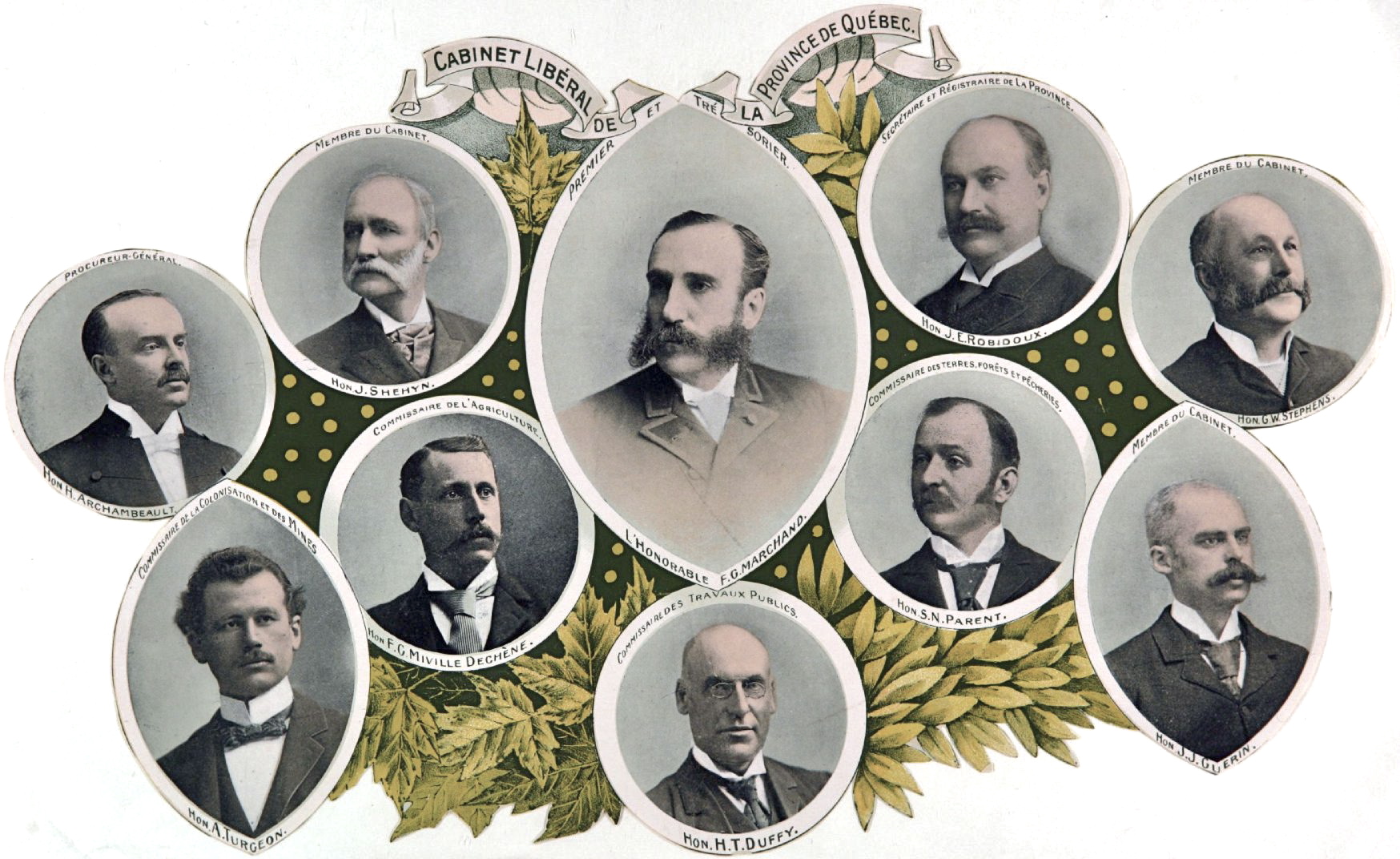|
1881 Quebec Election
The 1881 Quebec general election was held on December 2, 1881, to elect members of the 5th Legislative Assembly for the Province of Quebec, Canada. The Quebec Conservative Party, led by Premier Joseph-Adolphe Chapleau, defeated the Quebec Liberal Party, led by Henri-Gustave Joly de Lotbinière. Results See also * List of Quebec premiers * Politics of Quebec * Timeline of Quebec history * List of Quebec political parties * 5th Legislative Assembly of Quebec Quebec general election Elections in Quebec General election A general election is a political voting election where generally all or most members of a given political body are chosen. These are usually held for a nation, state, or territory's primary legislative body, and are different from by-elections ( ... Quebec general election {{Quebec-hist-stub ... [...More Info...] [...Related Items...] OR: [Wikipedia] [Google] [Baidu] |
5th Legislative Assembly Of Quebec
The 5th Legislative Assembly of Quebec was the provincial legislature in Quebec, Canada that existed from December 2, 1881, to October 14, 1886. The Quebec Conservative Party led Joseph-Adolphe Chapleau, Joseph-Alfred Mousseau and John Jones Ross was the governing party. Chapleau was succeeded by Mousseau in 1882 while Ross succeeded Mousseau in 1884. It was the Conservatives last majority government. The sixty-five members were each elected in a single-member district through First past the post. Seats per political party * After the 1881 elections Member list This was the list of members of the Legislative Assembly of Quebec that were elected in the 1881 election: Other elected MLAs Other MLAs were elected in by-elections during the term * William Joseph Poupore, Quebec Conservative Party, Pontiac, March 6, 1882 * Guillaume-Alphonse Nantel, Quebec Conservative Party, Terrebonne, August 19, 1882 * Joseph-Alfred Mousseau, Quebec Conservative Party, Jacques Cartier, ... [...More Info...] [...Related Items...] OR: [Wikipedia] [Google] [Baidu] |
1878 Quebec General Election
The 1878 Quebec general election was held on May 1, 1878 to elect members of the 4th Legislative Assembly for the Province of Quebec, Canada. The result was a hung parliament, with no party having a clear majority. Only one seat divided the two major parties, the Quebec Conservative Party and the Quebec Liberal Party. The balance of power was held by two Independent Conservatives. The incumbent premier, Henri-Gustave Joly de Lotbinière, was able to form a minority government with the support of the Independent Conservatives, even though the Conservative Party had one seat more than the Liberals. Political events The election was called in unusual circumstances. On March 8, 1878, the Lieutenant Governor of Quebec, Luc Letellier de Saint-Just, dismissed the Conservative premier, Charles Boucher de Boucherville, in a dispute over proposed railway legislation. The Lieutenant Governor then appointed Joly de Lotbinière, the leader of the Liberals, as premier. Since the C ... [...More Info...] [...Related Items...] OR: [Wikipedia] [Google] [Baidu] |
Elections In Quebec
This article provides a summary of results for the general elections to the Canadian province of Quebec's unicameral legislative body, the National Assembly of Quebec (and its predecessor, the Legislative Assembly of Quebec). The number of seats has generally increased over time, from 65 for the first six elections, to the current high of 125. The chart on the upper right shows the information graphically, with the most recent elections towards the right. The Conservative party (blue) in 1936 merged into the Union Nationale (now defunct). The 1970s saw the arrival of the sovereignist Parti Québécois, to be followed by Québec Solidaire and the Coalition Avenir Québec (CAQ) in 2006 and 2011, respectively. This article only covers elections since the Canadian confederation in 1867, when Quebec was created as one of Canada's provinces. For Quebec's first 15 elections as Lower Canada from 1792 to 1840, see Legislative Assembly of Lower Canada. For the 8 joint elect ... [...More Info...] [...Related Items...] OR: [Wikipedia] [Google] [Baidu] |
1881 Elections In Canada
Events January–March * January 1– 24 – Siege of Geok Tepe: Russian troops under General Mikhail Skobelev defeat the Turkomans. * January 13 – War of the Pacific – Battle of San Juan and Chorrillos: The Chilean army defeats Peruvian forces. * January 15 – War of the Pacific – Battle of Miraflores: The Chileans take Lima, capital of Peru, after defeating its second line of defense in Miraflores. * January 24 – William Edward Forster, chief secretary for Ireland, introduces his Coercion Bill, which temporarily suspends habeas corpus so that those people suspected of committing an offence can be detained without trial; it goes through a long debate before it is accepted February 2. * January 25 – Thomas Edison and Alexander Graham Bell form the Oriental Telephone Company. * February 13 – The first issue of the feminist newspaper ''La Citoyenne'' is published by Hubertine Auclert. * February 16 – The Can ... [...More Info...] [...Related Items...] OR: [Wikipedia] [Google] [Baidu] |
List Of Political Parties In Canada
This article lists political parties in Canada. Federal parties In contrast with the political party systems of many nations, Canadian parties at the federal level are often only loosely connected with parties at the provincial level, despite having similar names. One exception is the New Democratic Party. The NDP is organizationally integrated, with most of its provincial counterparts including a shared membership. Provincial and territorial parties Alberta British Columbia Manitoba New Brunswick Newfoundland and Labrador Northwest Territories From approximately 1897 to 1905, political parties were active; however, legislative government was eliminated when the provinces of Alberta and Saskatchewan were created out of the heavily populated area of NWT. Elected legislative government was re-established in 1951. Like Nunavut, NWT elects independent candidates and operates by consensus. Some candidates in recent years have asserted that they were running on behal ... [...More Info...] [...Related Items...] OR: [Wikipedia] [Google] [Baidu] |
Timeline Of Quebec History
This article presents a detailed timeline of Quebec history. Events taking place outside Quebec, for example in English Canada, the United States, Britain or France, may be included when they are considered to have had a significant impact on Quebec's history. * 1533 and before * 1534 to 1607 * 1608 to 1662 * 1663 to 1759 * 1760 to 1773 * 1774 to 1790 * 1791 to 1840 * 1841 to 1866 * 1867 to 1899 * 1900 to 1930 * 1931 to 1959 * 1960 to 1981 * 1982 to present See also * List of Quebec general elections * History of Quebec * History of North America * List of years in Canada * List of Quebecers * Quebec politics * Timeline of Montreal history *New France External linksQuebec History Chronologies1524-2003: From New France to Modern QuebecThe 1837 Rebellions(in French) National Assembly historical data(in French) Chronologie de l'histoire du Québec(in French) (in French) Rond-point : Histoire du Québec(in French) L'influence amérindienne sur la société canadienne du régime fr ... [...More Info...] [...Related Items...] OR: [Wikipedia] [Google] [Baidu] |
Politics Of Quebec
The politics of Quebec are centred on a provincial government resembling that of the other Canadian provinces, namely a constitutional monarchy and parliamentary democracy. The capital of Quebec is Quebec City, where the Lieutenant Governor, Premier, the legislature, and cabinet reside. The unicameral legislature — the National Assembly of Quebec — has 125 members. Government is conducted based on the Westminster model. Political system The British-type parliamentarism based on the Westminster system was introduced in the Province of Lower Canada in 1791. The diagram at right represents the political system of Québec since the 1968 reform. Prior to this reform, the Parliament of Québec was bicameral. Lieutenant Governor * asks the leader of the majority party to form a government in which he will serve as Premier * enacts the laws adopted by the National Assembly * has the power to veto. Premier * appoints the members of the Cabinet and the heads of public corporati ... [...More Info...] [...Related Items...] OR: [Wikipedia] [Google] [Baidu] |
List Of Quebec Premiers
This is a list of the premiers of the province of Quebec since Canadian Confederation in 1867. Quebec uses a unicameral (originally bicameral) Westminster-style parliamentary government, in which the premier is the leader of the party that controls the most seats in the National Assembly (previously called the Legislative Assembly). The premier is Quebec's head of government, while the king of Canada is its head of state and is represented by the lieutenant governor of Quebec. The premier picks a cabinet from the elected members to form the Executive Council of Quebec, and presides over that body. Members are first elected to the legislature during general elections. General elections must be conducted every five years from the date of the last election, but the premier may ask for early dissolution of the legislative assembly. An election may also happen if the Governing party loses the confidence of the legislature, by the defeat of a supply bill or tabling of a confidence ... [...More Info...] [...Related Items...] OR: [Wikipedia] [Google] [Baidu] |
Quebec Liberal Party
The Quebec Liberal Party (QLP; french: Parti libéral du Québec, PLQ) is a provincial political party in Quebec. It has been independent of the federal Liberal Party of Canada since 1955. The QLP has always been associated with the colour red; each of their main opponents in different eras have been generally associated with the colour blue. The QLP has traditionally supported a form of Quebec federalist ideology with nuanced Canadian nationalist tones that supports Quebec remaining within the Canadian federation, while also supporting reforms that would allow substantial autonomism in Quebec. In the context of federal Canadian politics,Haddow and Klassen 2006 ''Partisanship, Globalization, and Canadian Labour Market Policy''. University of Toronto Press. it is a more centrist party when compared to Conservative and Liberal parties in other provinces, such as the British Columbia Liberal Party. History Pre-Confederation The Liberal Party is descended from the Parti canadien ... [...More Info...] [...Related Items...] OR: [Wikipedia] [Google] [Baidu] |
Joseph-Adolphe Chapleau
Sir Joseph-Adolphe Chapleau (November 9, 1840 – June 13, 1898), born in Sainte-Thérèse, Quebec, was a French-Canadian lawyer and politician who served as the 7th Lieutenant Governor of Quebec from 1892 to 1898. Life As a lawyer, he defended Ambroise-Dydime Lépine against the charge of murdering Thomas Scott during the Red River Rebellion of 1869–1870. He served as the fifth premier of Quebec, federal Cabinet minister, and the seventh lieutenant governor of Quebec. After the 1878 Quebec election, he was the Leader of the Opposition. He became premier in 1879 after the fall of the minority government of Henri-Gustave Joly de Lotbinière. He won the 1881 election, but resigned on July 29, 1882, to seek election to the federal House of Commons. He won a by-election held on August 16, 1882. Chapleau planned to quit politics in 1885 when Louis Riel was sentenced to be hanged but decided to stay, fearing it would only inflame the situation. After Riel was hanged, he wa ... [...More Info...] [...Related Items...] OR: [Wikipedia] [Google] [Baidu] |
Quebec
Quebec ( ; )According to the Canadian government, ''Québec'' (with the acute accent) is the official name in Canadian French and ''Quebec'' (without the accent) is the province's official name in Canadian English is one of the thirteen provinces and territories of Canada. It is the largest province by area and the second-largest by population. Much of the population lives in urban areas along the St. Lawrence River, between the most populous city, Montreal, and the provincial capital, Quebec City. Quebec is the home of the Québécois nation. Located in Central Canada, the province shares land borders with Ontario to the west, Newfoundland and Labrador to the northeast, New Brunswick to the southeast, and a coastal border with Nunavut; in the south it borders Maine, New Hampshire, Vermont, and New York in the United States. Between 1534 and 1763, Quebec was called ''Canada'' and was the most developed colony in New France. Following the Seven Years' War, Quebec b ... [...More Info...] [...Related Items...] OR: [Wikipedia] [Google] [Baidu] |
Conservative Party Of Quebec (historical)
The Conservative Party of Quebec (french: Parti conservateur du Québec) was a political party in Quebec, Canada, from 1867 until 1936, when it merged with members of the Action libérale nationale to form the Union Nationale. Origins The party originated as the '' Parti bleu'' which was formed around 1850. The ''parti bleu'' opposed the anti-clericalism of its rival, the ''parti rouge''. The ''parti bleu'' supported the role of the clergy in Quebec society. Members of the ''parti bleu'', led by George-Étienne Cartier from Canada East, joined with the followers of Sir John A. Macdonald in Canada West to form a coalition government with Cartier as co-premier from 1857 to 1862. It was out of this coalition that the Conservative Party was formed (then known as the '' Liberal-Conservative Party''), laying the basis for Confederation in 1867. Post-Confederation With Confederation and Quebec's entry as a province, what had been the ''parti bleu'' became the Quebec wing of Macdonal ... [...More Info...] [...Related Items...] OR: [Wikipedia] [Google] [Baidu] |






